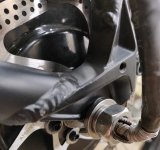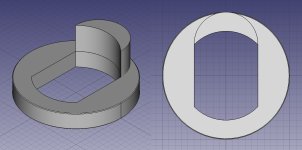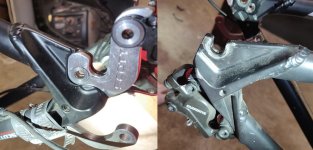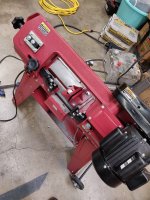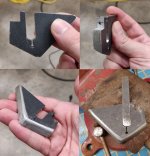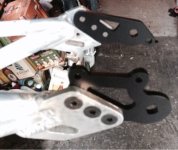Hello everyone, I've been lurking for quite a while and have a few questions regarding my first e-bike build I recently threw together.
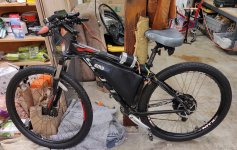
It's a 2012 or so Scott Scale 970 with a 1000w geared hub motor, CA v.2, Grin Torque arm V4. All electric parts were scavenged from my brothers e-bike when he crashed and bent his frame. I'm feeling good about the build so far, except for the dropouts. The motor axle doesn't quite seat in the pre-existing radius of the dropout, and I'm concerned about stress points on the sides causing fractures when going over bumps. I don't feel comfortable filing them out on my own because it seems like a pretty sensitive task that could affect alignment if done improperly. I've had bad luck with big bike shops so far here in Seattle, anybody have a recommendation for a shop/private tech that could file my dropouts/re-balance my wheel/make sure nothing on the bike is gonna kill me?
If filing is not necessary, let me know and I'll ride without worry Thanks for reading, this has been an awesome place to lurk (apologies if this is in the wrong section).
Thanks for reading, this has been an awesome place to lurk (apologies if this is in the wrong section).

It's a 2012 or so Scott Scale 970 with a 1000w geared hub motor, CA v.2, Grin Torque arm V4. All electric parts were scavenged from my brothers e-bike when he crashed and bent his frame. I'm feeling good about the build so far, except for the dropouts. The motor axle doesn't quite seat in the pre-existing radius of the dropout, and I'm concerned about stress points on the sides causing fractures when going over bumps. I don't feel comfortable filing them out on my own because it seems like a pretty sensitive task that could affect alignment if done improperly. I've had bad luck with big bike shops so far here in Seattle, anybody have a recommendation for a shop/private tech that could file my dropouts/re-balance my wheel/make sure nothing on the bike is gonna kill me?
If filing is not necessary, let me know and I'll ride without worry



